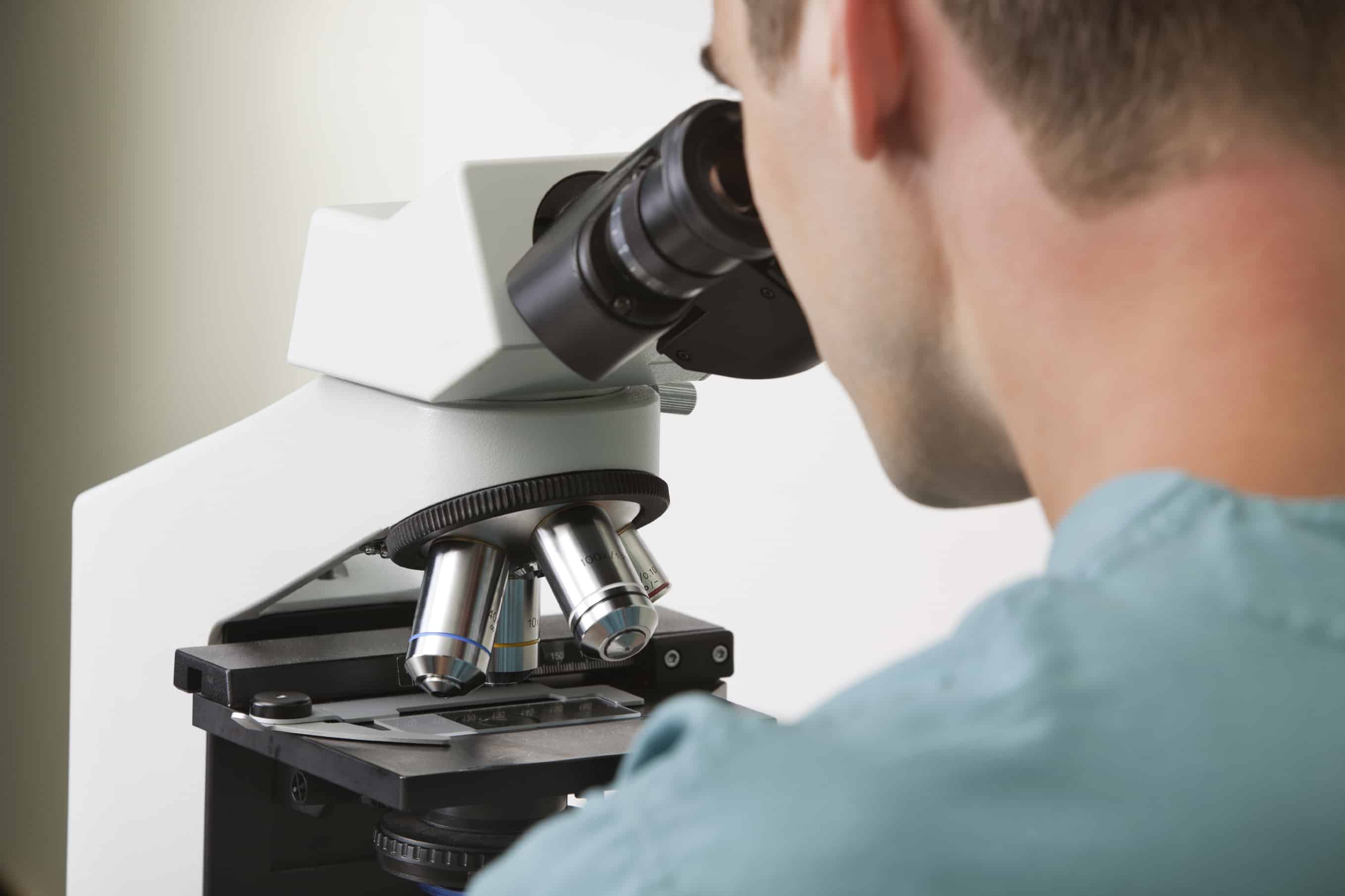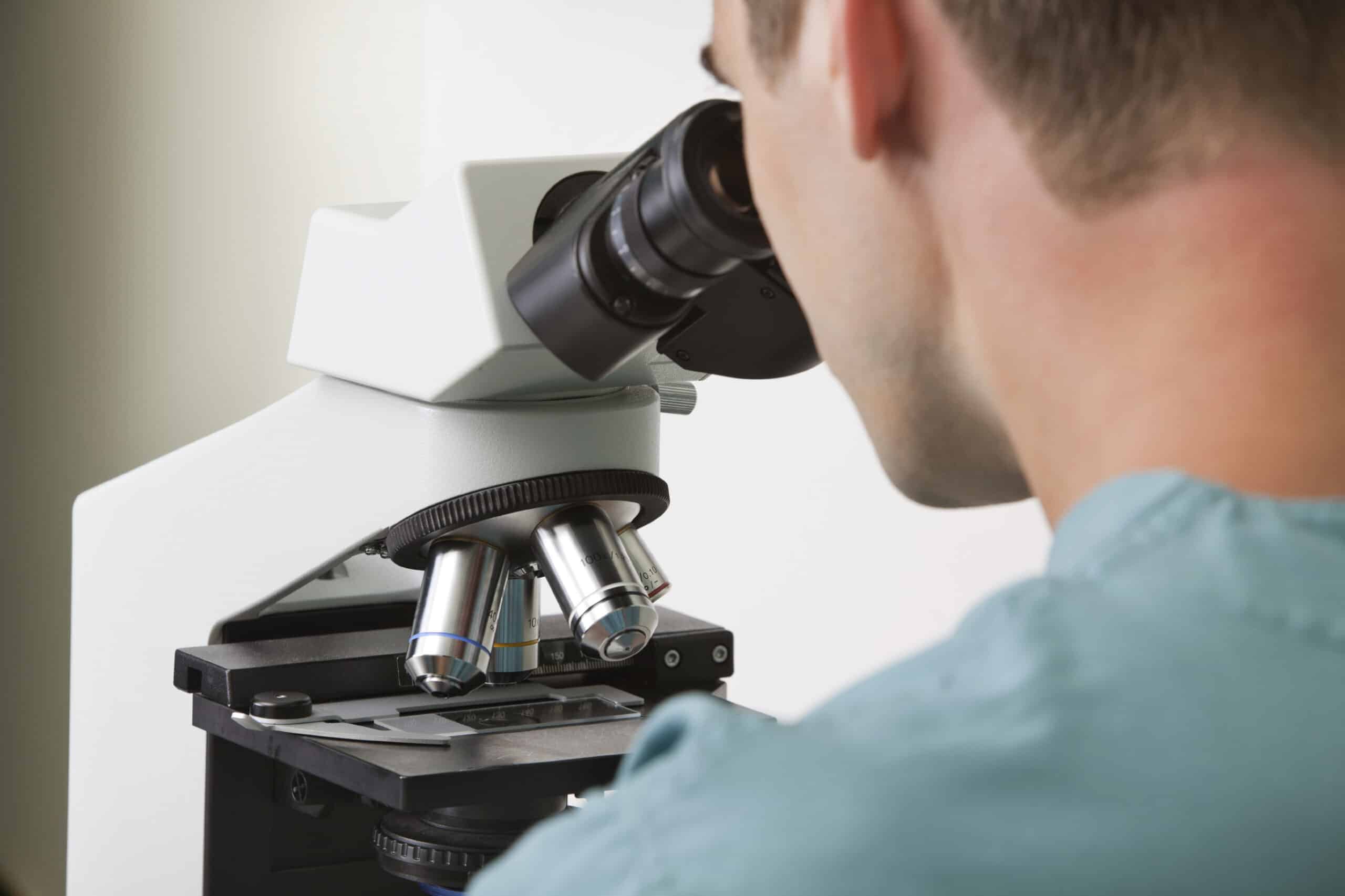What’s in a Sample? The Importance of the Pet Urinalysis
 Urine isn’t very exciting to most people, but to your veterinarian it is fascinating. How much can you really learn from a urine sample? Keep reading to find out why your veterinarian thinks that the pet urinalysis is tops.
Urine isn’t very exciting to most people, but to your veterinarian it is fascinating. How much can you really learn from a urine sample? Keep reading to find out why your veterinarian thinks that the pet urinalysis is tops.
The Nitty Gritty of the Pet Urinalysis
We may recommend checking a urine sample on your pet because he or she is sick or displaying symptoms of a problem. Checking a urinalysis can also be an important part of wellness care and screening for any pets.
Not all urine samples are created equal, however. You may be wondering just how we obtain a urine sample from our pet patients. Sometimes it is easier than other times, however there are three main ways we get urine samples:
Free catch – A free catch sample is one that is naturally voided. You might be instructed to catch one at home by placing a clean container under your pet’s stream or using a special non-absorbent litter in a clean box. Obviously this type of sample is most subject to contamination by the outside world and lower part of the urinary tract.
Catheterization – Occasionally we will collect a sample by passing a sterile urinary catheter into your pet’s bladder. This is not always easy to accomplish, particularly in female pets.
Cystocentesis – Many times we are able to place a small needle directly into your pet’s urinary bladder to obtain a sample. This is considered the best way to get a sterile sample and is quick and simple to perform.
The sooner a urine sample is able to analyzed, the more accurate the results. If you are catching one at home, be sure to refrigerate the sample in an air-tight container until you can bring it in.
A Wealth of Information
So, it’s just pee, right? Actually, we can learn a lot from a pet urinalysis. There are three main parts to a urinalysis, including the overall assessment, the chemical analysis, and the sediment.
During the overall assessment, we look at the sample for its color, turbidity, and concentration (also called specific gravity). Normal urine should be mostly clear and yellowish. Increased cloudiness can indicate infection, while a red or brown color may suggest blood. The concentration of the urine can tell us about how the kidneys are functioning.
The chemical analysis portion of the pet urinalysis uses a small dipstick with several test pads to evaluate the urine for different characteristics. Common things tested include:
- The urine pH
- Protein (high levels can be abnormal)
- Glucose (often seen in diabetic pets)
- Ketones (seen in sick, starving, or some diabetic pets)
- Bilirubin (sometimes seen in pets with liver or blood disorders)
- Blood (can indicate infection, bladder stones, trauma, or blood clotting disorders)
- Nitrites (sometimes seen with bacterial infections)
The sediment exam is a microscopic examination of the particulate matter in the urine that settles out after it is spun at a high speed in a centrifuge. Sometimes a stain is used to help highlight things. During our sediment exam, we might notice:
- Red blood cells (often seen with infection, irritation, or tumors)
- White blood cells (can be seen with infection and inflammation)
- Bacteria (not normal in a sterile urine sample)
- Crystals (mineral deposits in the urine)
- Epithelial cells (cells from the lining of the urinary tract)
Sometimes we see other things during a urine examination such as parasite eggs or casts from the kidney tubules that can also help us with a diagnosis.
Your pet’s urinalysis gives valuable insight for us about the kidneys, bladder, liver, and many other organs. It can be one of the first hints there is a problem, or with the help of other diagnostics, help us to determine a diagnosis and prognosis.
The urinalysis is an important part of any pet’s care, and we hope that you can now join us at Beverly Hills Veterinary Associates in admiring what a truly useful tool it is.

